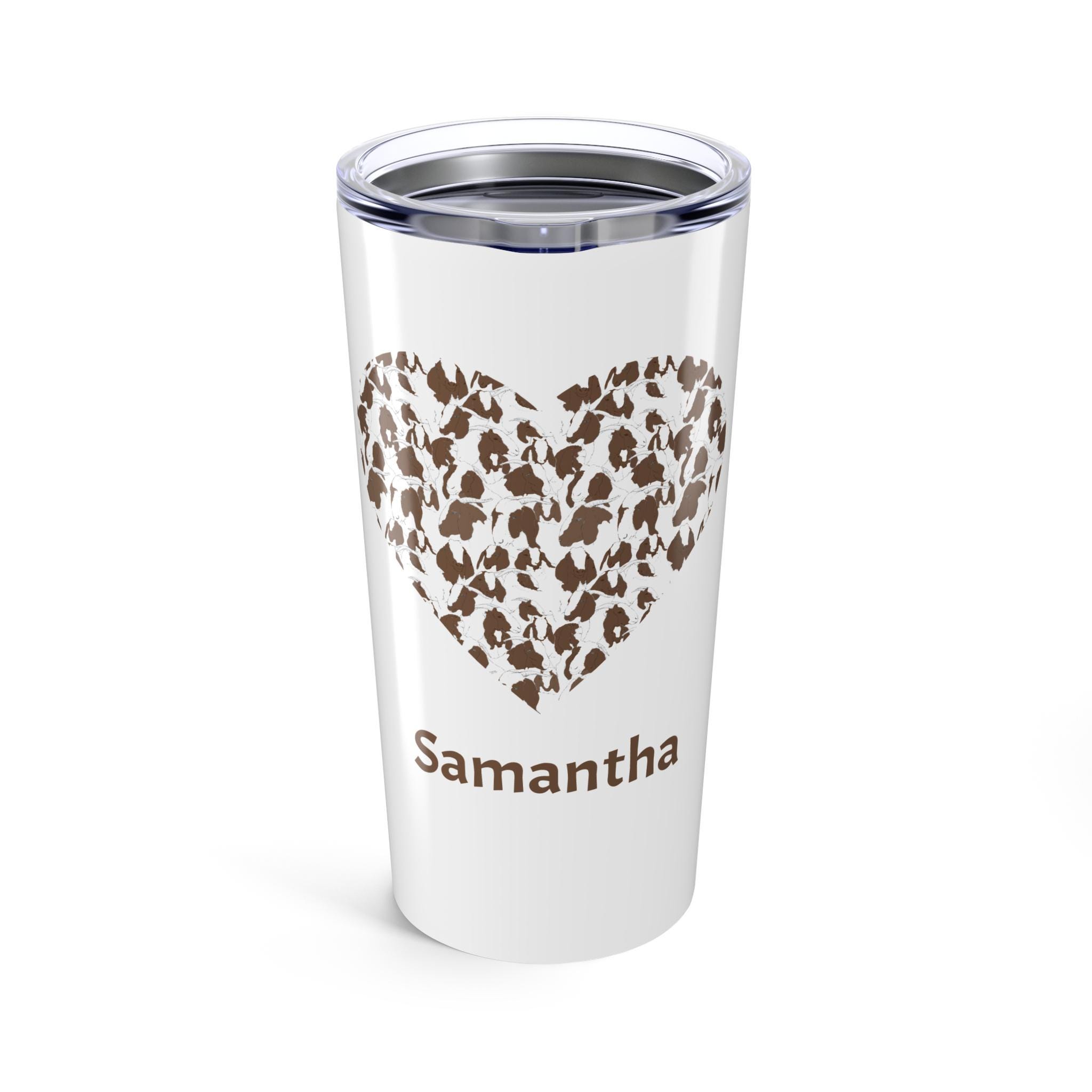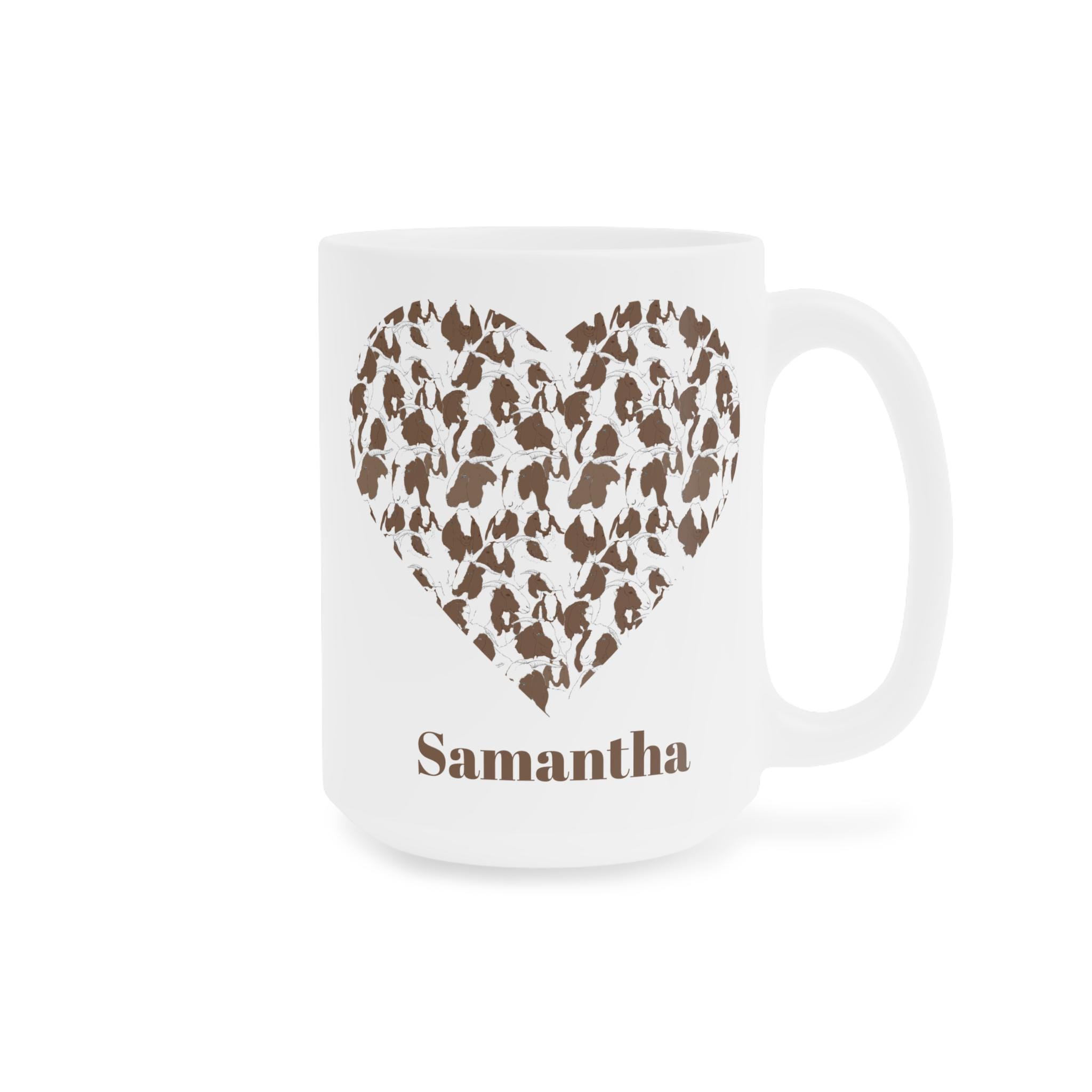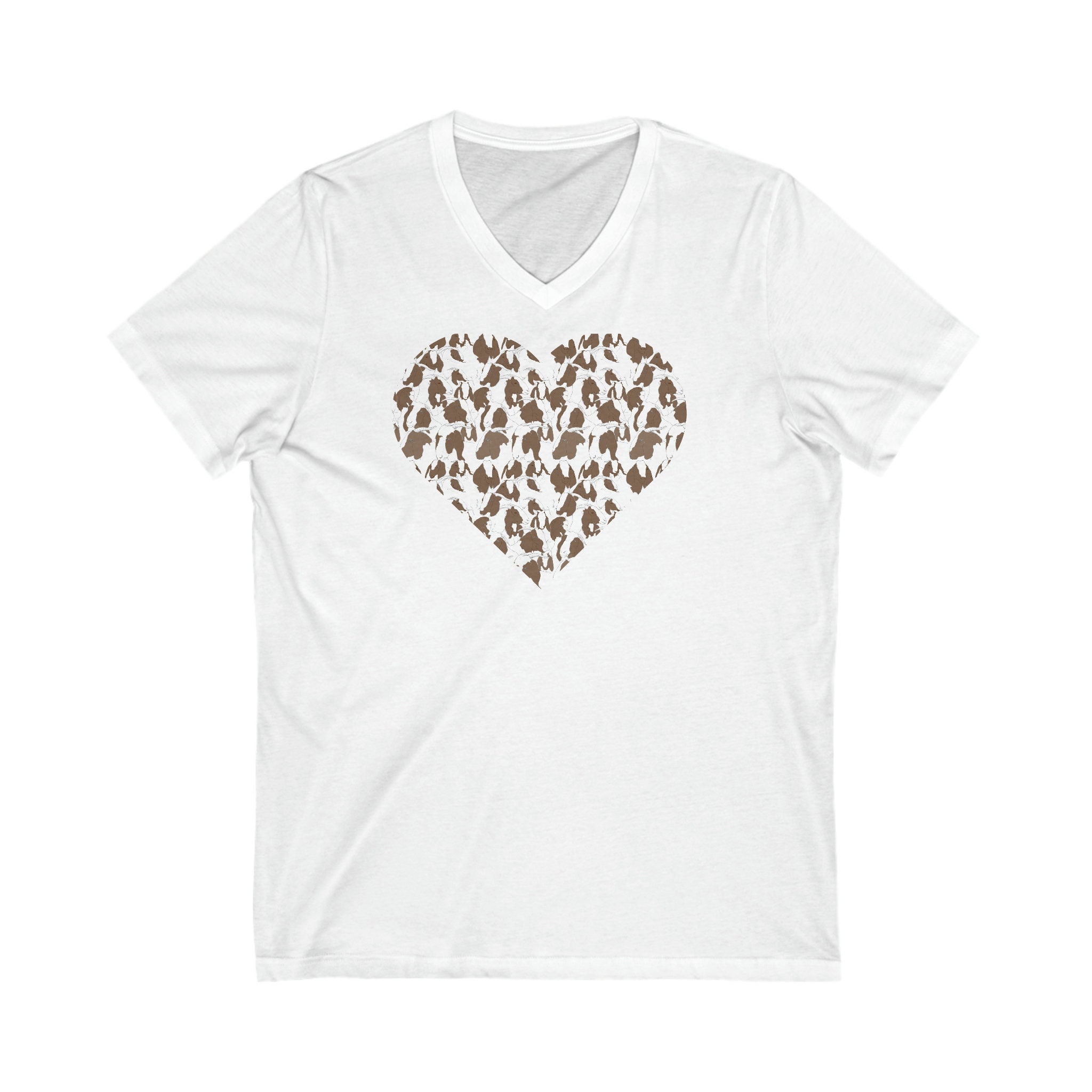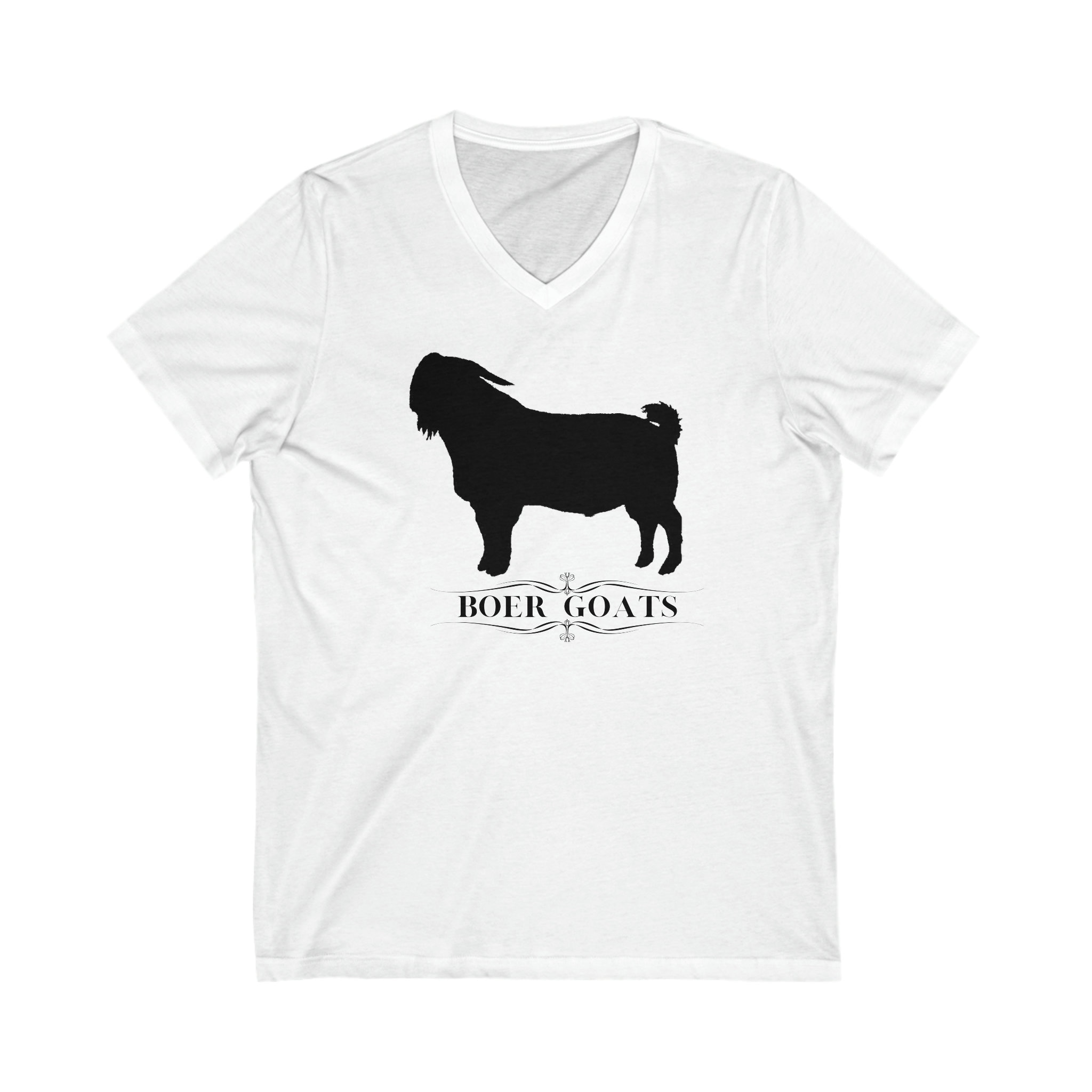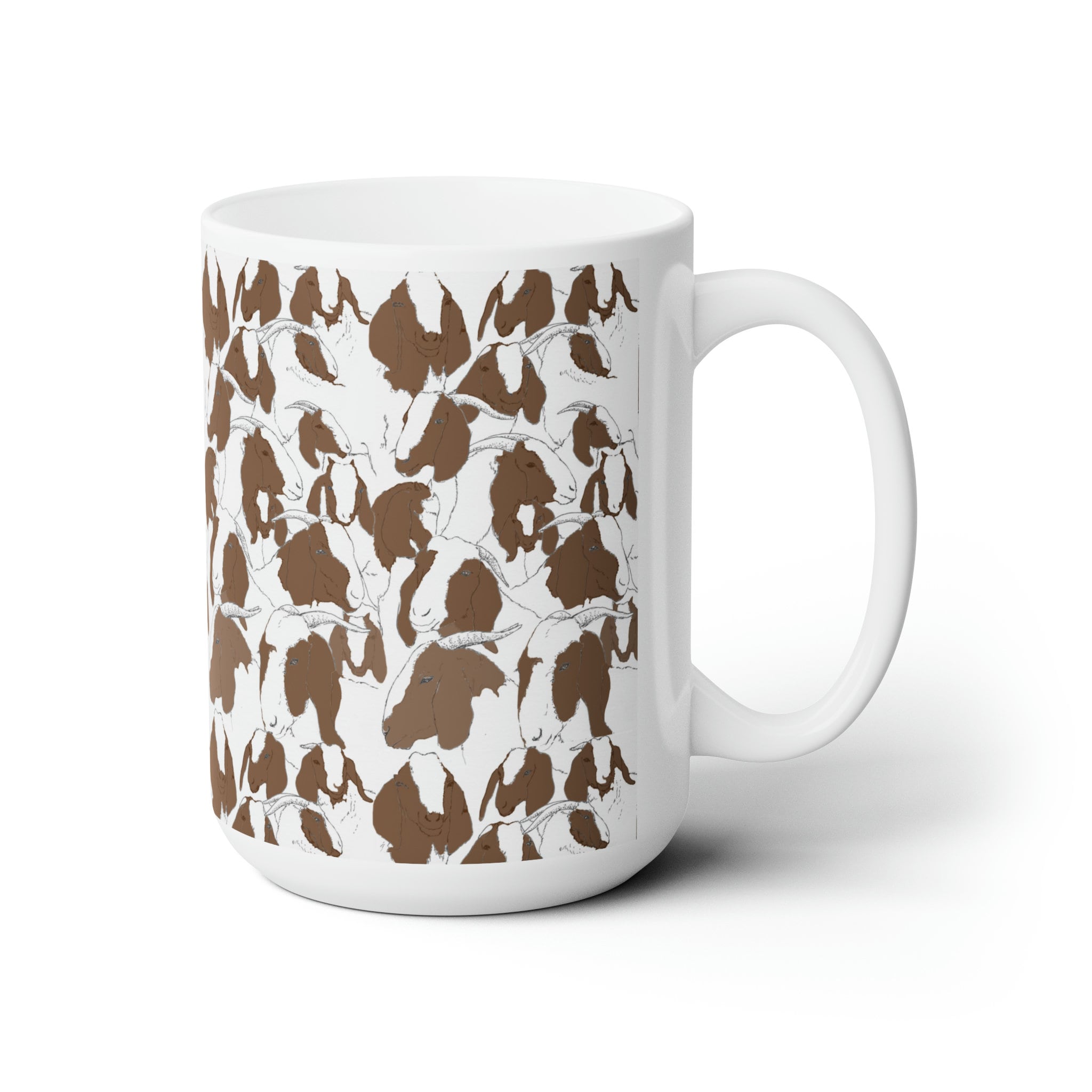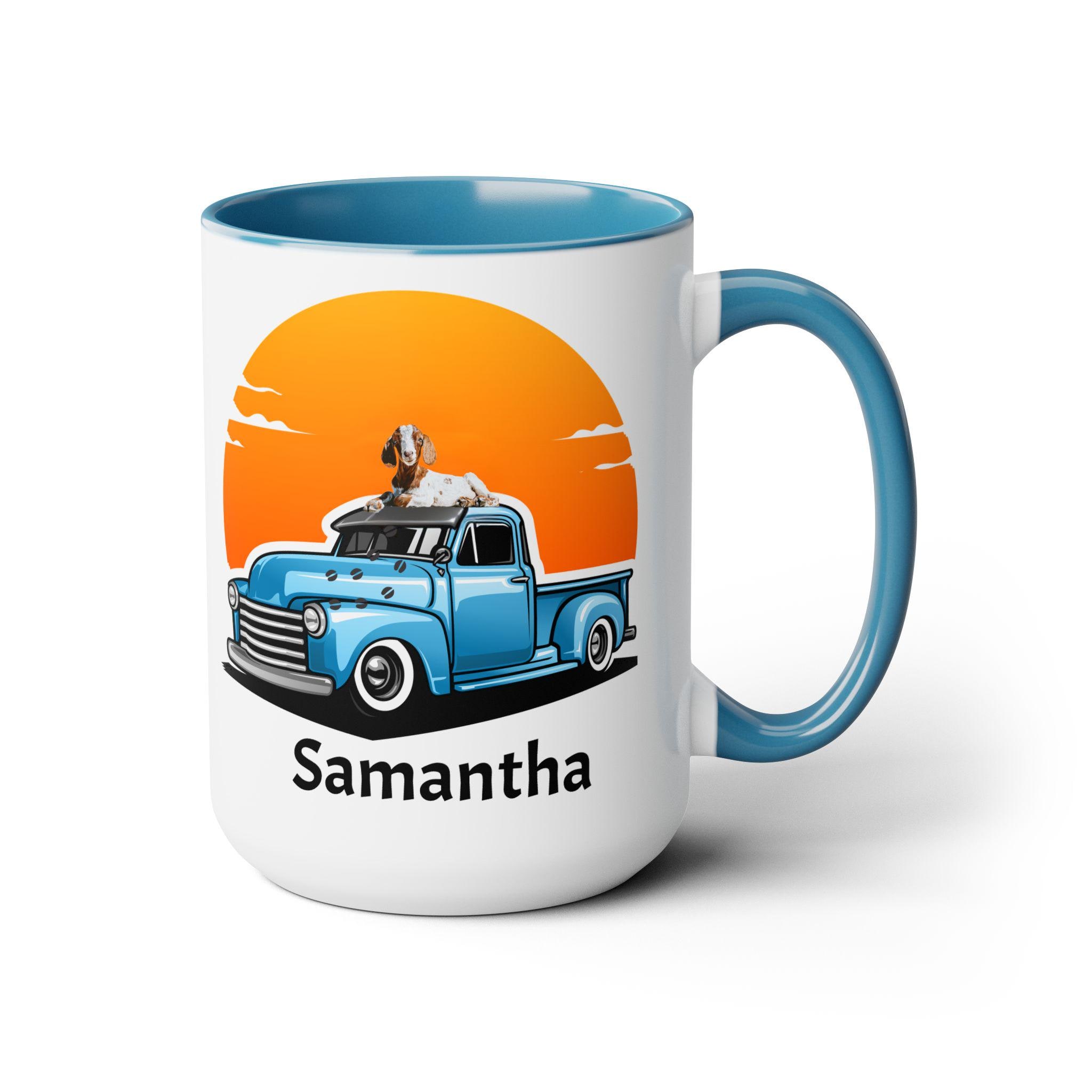Why are Meat Goats the fastest growing livestock industry in the world?
"...The demand for `chevon', or `cabrito', or `goat meat' in the United States is so high that producers can't keep up. Because of this vacuum, much of the goat meat sold in the United States is imported from New Zealand or Australia. About 1.5 million pounds of goat meat is imported every week. And demand just keeps growing.
Much of the demand is generated by the changing ethnic demographics of the continent. About 63% of the red meat consumed worldwide is goat! Much of the goat meat demand in the United States comes from ethnic groups that include Middle Eastern, Asian, African, Latin American and Caribbean heritage. Most of these groups buy goat meat whenever they can find it, and they are willing to pay better prices for higher quality meat.
What is so special about chevon (goat meat)? Many people have digestive problems that require a careful diet. The molecular structure of chevon is different than that of other meats. Therefore, chevon digests more easily. It is also a low fat, good tasting alternative to chicken or fish. I am one of those people who have to watch what they eat. I can eat chicken, some kinds of fish, turkey and chevon. I prefer chevon from an animal that is at least 75% Boer. The Boer influence changes the taste of the meat to a milder, more veal-like flavor. When you have as few choices in your diet as I do, you learn what you like. I have not had the opportunity to try Kiko or Fainting goat meat. My comparisons are with dairy goat meat...
Boer goats are large framed animals resembling, in many ways, the Nubian goat. The most striking difference between a Boer goat and any other type of goat you may have seen, is the size. A Boer is a large, double muscled animal developed in Southern Africa specifically for meat and hardiness.
They can consistently produce more muscling in less time than any other breed of goat, and will pass this capability to their kids. Boers are easy to raise, have mild temperaments, are affectionate, require no milking, no special care, no shearing, and no fancy fences. Boers and
Boer crosses also have huge rumen capacity. The Boer goats were developed to clear land that was too difficult to be cleared by humans. They spend a lot more time grazing than other types of goats do. One reason for this, is that they are out grazing in the heat of
the day when dairy goats are wilting in the shade. They are also out grazing when the snow is blowing across the pasture...."
Buy a Goat.
Boer Goats Letters T-Shirt with incredible pen and ink Boer Goats. Perfect gift for Boer Goat rancher, Boer Goat moms, Boer goat Dads. This would also make an impressive prize at Boer Goat shows!
The shoulders are tapped for a good upper-body fit. There are no side seams, ensuring a clean, unbroken flow. The collar has ribbed knitting for improved elasticity. The materials that went into this product are sustainably sourced and economically friendly.
.: 100% cotton (fiber content may vary for different colors)
.: Medium fabric (6.0 oz/yd² (203 g/m²))
.: Classic fit
.: Tear-away label
.: Runs bigger than usual
Custom Personalized Relax Goat Coffee Cup 15 oz. All sizes come with a scratch-resistant finish and are ideal for any beverage. The easy-grip handle makes for a smooth drinking experience. Boer Goat mug, Great funny goat cup, Boer Goat Rancher, Boer Goat Lover, Boer Goat coffee cup, Ranch Decor, Goat Ranch
**The printing can only be on one side of the cup. It is shown on the right handed side. If you would like it on the left, please just let me know. Personalization is optional.
.: Material: durable white ceramic
.: C-shaped easy-grip handle
.: Scratch-resistant finish
15 oz Mug with incredible pen and ink Boer Goats. Perfect gift for Boer Goat rancher, Boer Goat moms, Boer goat Dads. This would also make an impressive prize at Boer Goat shows!
15 ounce custom mug. It’s microwave-safe, and can be washed in dishwasher or easily cleaned with a mild detergent. Customize with your brand or simply a full print of your logo, photos or cool design.
.: White ceramic
.: 15 oz (0.44 l)
.: Rounded corners
.: C-handle
.: Lead and BPA-free
BOER Goat Letters incredible line drawing on this Long Sleeve Sweatshirt. Super cozy cute sweatshirt. This shirt has a little extra length to make it more versatile. Great gift, This I Goat This sweatshirt is the basic staple of any wardrobe. Perfect for Boer Goat rancher, Boer Goat Lover, Ranch Decor, Boer Meat Goat rancher or Boer Goat Mom or Dad
Heavy blend crewneck sweatshirt is pure comfort. The collar is ribbed knit, so it retains its shape even after washing. There are no itchy side seams on these sweatshirts.
.: 50% cotton, 50% polyester
.: Medium-heavy fabric (8.0 oz/yd² (271.25 g/m²))
.: Loose fit
.: Sewn-in label
.: Runs true to size
Custom Personalized Goat Life cotton t-shirt. Super cozy cute shirt. This shirt has a little extra length to make it more versatile. Great gift, This Goat Life cotton t-shirt is the basic staple of any wardrobe. Perfect for Goat rancher, Boer Goat Lover, Ranch Decor, Boer Meat Goat rancher or Dairy Goat rancher. Personalization is Optional!
No side seams mean there are no itchy interruptions under the arms. The shoulders have tape for improved durability.
.: 100% cotton (fiber content may vary for different colors)
.: Medium fabric (5.3 oz/yd² (180 g/m²))
.: Classic fit
.: Tear-away label
.: Runs true to size
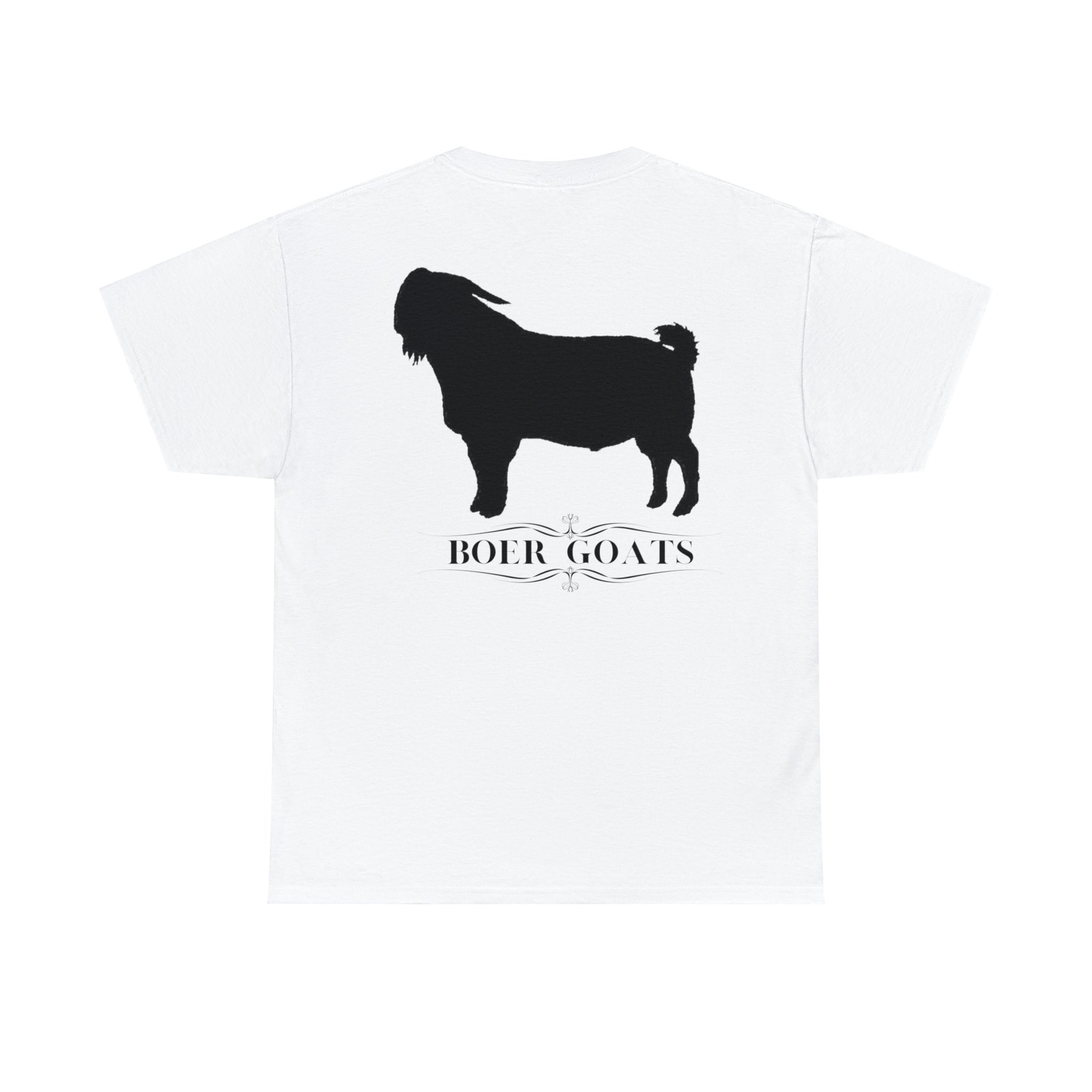
Boer Goats Buck cotton t-shirt is the basic staple of any wardrobe. Perfect for Boer Goat rancher, Boer Goat Lover, Ranch Decor, Show Goat, Boer Meat Goat
No side seams mean there are no itchy interruptions under the arms. The shoulders have tape for improved durability.
.: Made with medium fabric (5.3 oz/yd² (180 g/m²)) consisting of 100% cotton for year-round comfort that is sustainable and highly durable.
.: The classic fit of this shirt ensures a comfy, relaxed wear while the crew neckline adds that neat, timeless look that can blend into any occasion, casual or semi-formal.
.: The tear-away label means a scratch-free experience with no irritation or discomfort whatsoever.
.: Made using 100% US cotton that is ethically grown and harvested. Gildan is also a proud member of the US Cotton Trust Protocol ensuring ethical and sustainable means of production. This blank tee is certified by Oeko-Tex for safety and quality assurance.
Customize this Goat Life Coffee Cup by adding your own funny saying. All sizes come with a scratch-resistant finish and are ideal for any beverage. The easy-grip handle makes for a smooth drinking experience. Goat Life mug, Great funny goat cup, Dairy Goat Rancher, Boer Goat rancher, Boer Goat Lover, Goat coffee cup, Ranch Decor
.: Material: durable white ceramic
.: C-shaped easy-grip handle
.: Scratch-resistant finish

Custom Personalized Relax Goat Magnetic Safe Tough iPhone 16, 15, 14, 13. With their slim lines, glossy finish, and their lightweight construction, these cases are the perfect accessory that complements your phone’s aesthetics. Compatible with iPhone 16, iPhone 15, iPhone 14 and iPhone 13, all models. Great for yourself or as a gift for Mom, Dad, or Your favorite Boer Goat Lover. These cases are compatible with MagSafe® accessories. Personalization is Optional
When aesthetics meet function, this custom magnetic tough case is born. Equipped with an outer polycarbonate shell and inner black TPU lining, this case delivers robust protection thanks to its durable, flexible, impact-resistant nature. Gossy finish, each case comes with an embedded magnet module that is compatible with MagSafe® accessories and a stunning print that fully wraps around your case's exterior.
.: Dual layer case for extra durability and protection
.: Materials: 100% polycarbonate (shell), black cushioned inner TPU lining (slight variations in color/texture are possible)
.: Available in glossy premium protective finish
.: Full-wrap print on exterior surfaces
.: Embedded magnet to enhance compatibility with MagSafe® accessories (compatibility not guaranteed with non-Apple brand chargers)
.: Durable, flexible and impact resistant
Custom PersonalizedGoat Life Long Sweatshirt. Super cozy cute sweatshirt. This shirt has a little extra length to make it more versatile. Great gift, This Goat Life sweatshirt is the basic staple of any wardrobe. Perfect for Goat rancher, Boer Goat Lover, Ranch Decor, Boer Meat Goat rancher or Dairy Goat rancher. Personalization is Optional!
Heavy blend crewneck sweatshirt is pure comfort. The collar is ribbed knit, so it retains its shape even after washing. There are no itchy side seams on these sweatshirts.
.: 50% cotton, 50% polyester
.: Medium-heavy fabric (8.0 oz/yd² (271.25 g/m²))
.: Loose fit
.: Sewn-in label
.: Runs true to size
I Love Boer Goats Heart on soft jersey Shirt is cozy. Boer Goat rancher shirt, Boer Goat Lover, Ranch Decor, Show Goat shirt, Boer Meat Goat t-shirt.
High quality print will make it an instant favorite in every wardrobe.
.: 100% Airlume combed and ring-spun cotton (fiber content may vary for different colors)
.: Light fabric (4.2 oz/yd² (142 g/m²))
.: Tear away label
.: Runs true to size
This article is an excerpt from the book, Raising Meat Goats for Profit
by Gail Bowman. This great informational guide to goat husbandry, marketing meat goats and the meat breeds.
, for $19.95 plus $2.50 Shipping--> Gail Bowman has raised meat goats in the Northwestern United States and has a bachelors degree in education.
† Statements on this website have not been evaluated by the Food and Drug Administration. These products are not intended to diagnose, treat, cure, or prevent any disease, but rather are dietary supplements intended solely for nutritional use.

